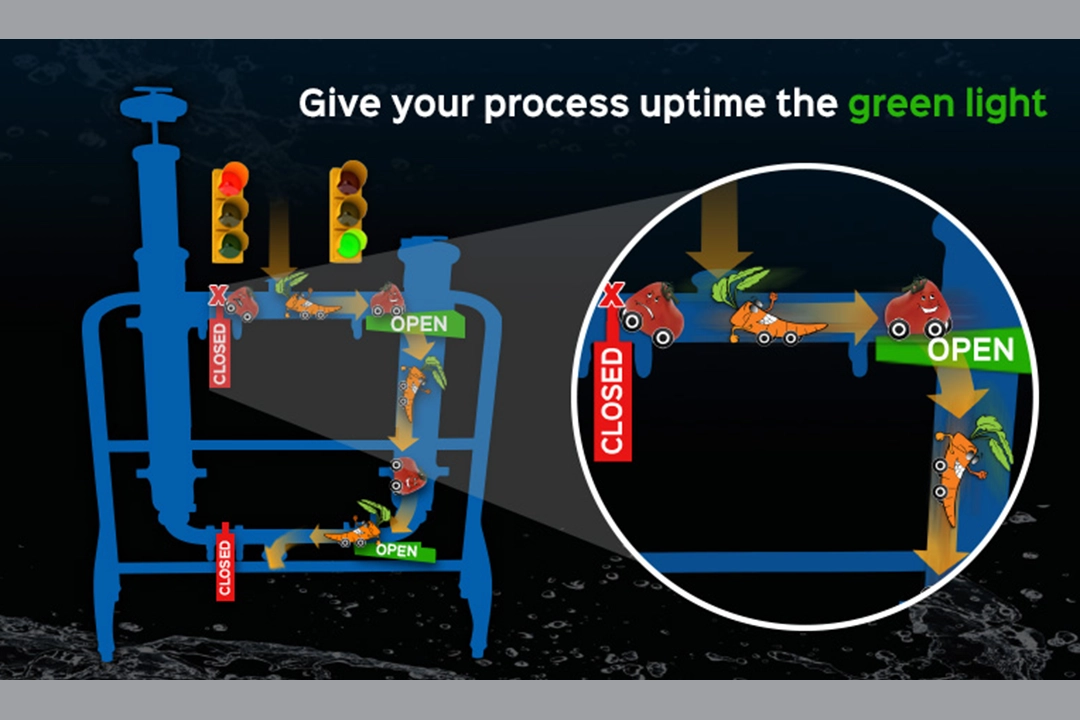Dual side entry strainer assemblies – also known as Sani-Matic Dual Angle-Line Strainer Assemblies – are particularly helpful in food, beverage and pharmaceutical manufacturing environments where 24/7/365 operations are required.
Wayne Huebner, applications engineer at Sani-Matic, explains that many companies must clean their process lines and equipment frequently, but process downtime for cleaning is expensive and unacceptable when production goals must be met.
“Dual side entry strainer assemblies enable operations managers to maintain a constant process,” he said. “The assemblies enable operators to clean at higher capacities and keep production up and running by shutting down one line for cleaning as the other line keeps the process moving.”
“There are many reasons to choose side entry strainers,” stated Huebner.
Top Four Reasons for Using Dual Side Entry Strainers, or Sani-Matic Dual Angle-Line Strainers
- There is high particulate count in the product requiring frequent strainer cleanings.
- Operations are capital intensive and downtime results in significant costs.
- Quality is impacted by frequent processing interruptions for strainer cleaning.
- Stopping and restarting is time consuming and inefficient.
“It’s really about ensuring product integrity while maintaining a productive process flow,” added Huebner. “When working with our customers to choose strainers, we always look to help them maintain product quality first and foremost. The benefit of protecting process equipment from potentially damaging debris is a given,” he said. “The value in the dual strainer assembly is that it keeps everything moving.”
Huebner further explained that dual angle-line strainers help plant managers maximize floor space, offer flexibility in component selection and integrate with other Clean-In-Place (CIP) systems.
“There also are many options available to make this type of strainer to fit our customer’s process,” Huebner said. “For example, switching paths becomes easier with the addition of manually actuated butterfly valves and product inspection is possible when you add dual sight glasses.”
Things to Consider When Choosing a Dual Side Entry Strainer Assembly
When asked if there are many considerations when selecting a dual angle-line strainer assembly as part of a process system, Huebner had a lot to say.
“Wow. Yeah, there are lots of things to consider. Is it a water or viscous application? What is the percent of solids and how big are the particles to be strained? How are they shaped?” he said. “We also have to look at the facility itself and how it impacts the performance of the system.”
Huebner added that system requirements – which vary greatly from plant to plant – are also carefully reviewed.
“For some customers, strainers need to be 3-A certified. And, system pressure drops can have a big impact on performance. We look at line size, flow rates and temperatures,” he said. “There is a lot at play.”
No matter what the final configuration, Huebner said the Sani-Matic team is available to help customers determine the best strainer application to maintain seamless, constant operations without sacrificing product quality.

